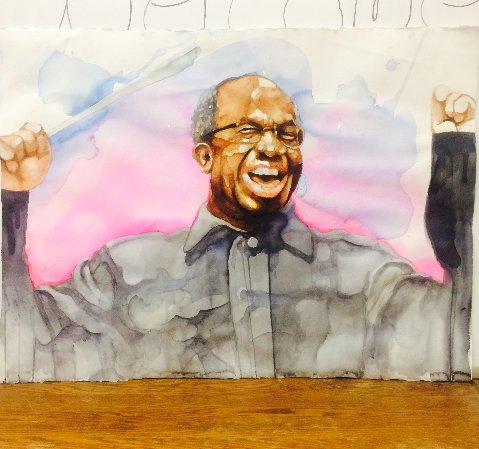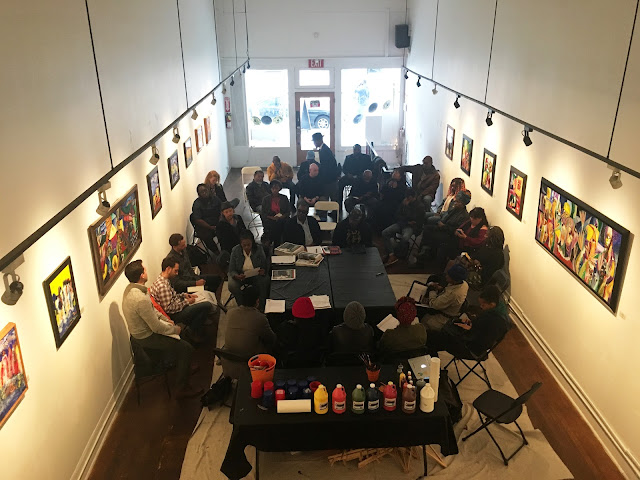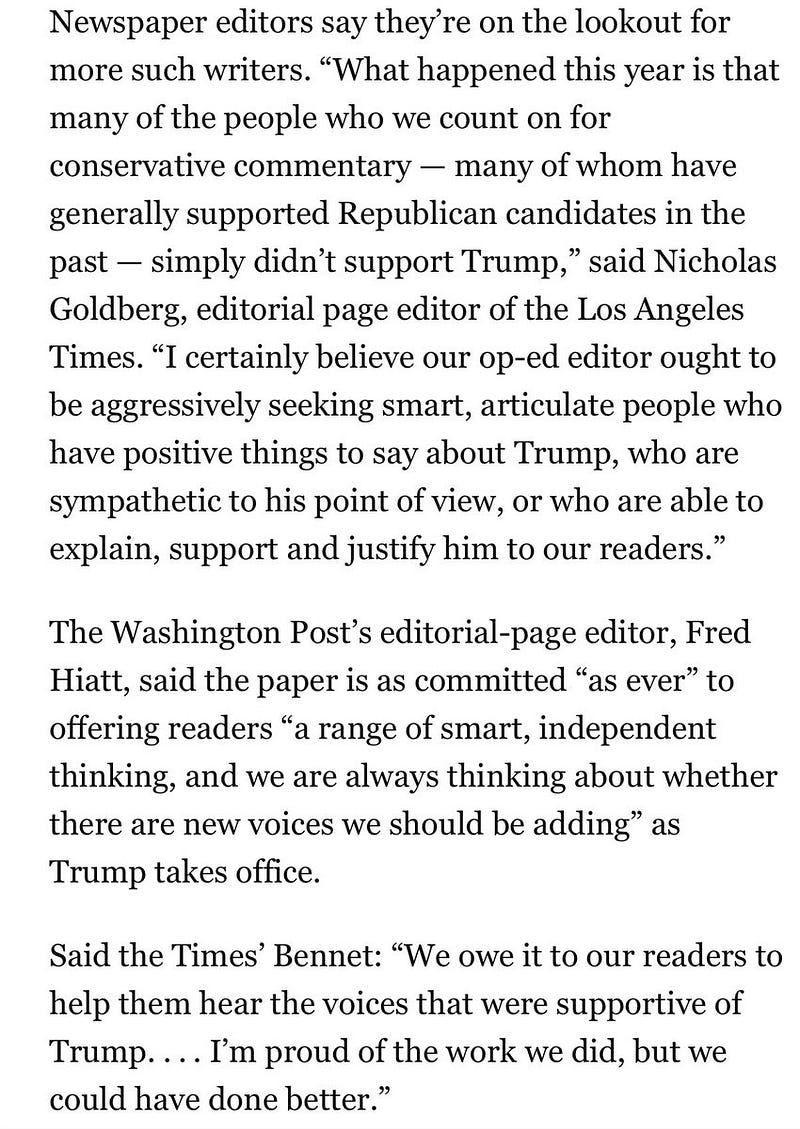RACE IN AMERICA: The Grand Denial
www.blackbirdpressnews.blogspot.comRACE IN AMERICA: The Grand Denial
Denial is quite simply the evasion of reality. Denial can be personal or communal, for sometimes an entire nation can be in denial about its abominations, for they are too painful to make adjustments in the collective psyche and the personal reality, for to do so would incriminate the mythology and ritual of said society, and thus the normal daily round would be disrupted and dysfunctional, for painful adjustments would be in order, and as long as we can avoid the painful the better, after all, the status quo can be maintained.
Americahas lived in grand denial. In the words of Baldwin white supremacy has caused this nation to believe in rationalizations so fantastic it approaches the pathological. She has lived among slaves and masters and the descendants of slaves and masters far too long without any meaningful degree of reconciliation or compensation, even apology is long overdue. Other colonial societies such as the French and Australia recently apologized for colonialism, but not America , the chief colonizer of the modern world. She is mainly guilty of domestic colonialism, having enslaved the Native Americans, and then kidnapped millions of Africans who were brought to these shores for eternal servitude. After emancipation, America promised the freed Africans a few acres and a mule, but never delivered. She promised freedom after her slaves provided 200,000 troops who were decisive in the Civil War, but disarmed them and returned them to virtual slavery called Reconstruction, which was short-lived and essentially put the freed slaves in neo-servitude, at the whim of terrorists known as Klu Klux Klan.
White America benefited from four centuries of slavery and neo-slavery. The neo slaves fought in her imperial wars against fascism abroad but were subjected to fascism upon returning home. A few slaves benefited from slavery, even having slaves themselves, yet in the end found themselves facing the glass ceiling, especially when they refused to be running dogs for imperialism now called globalism. General Colin Powell is the most recent example. America duped him and made a fool of him before the world when he gave his fabricated United Nation’s speech to justify the invasion of Iraq . He was replaced with a more pliant Negress in the person of Condi Rice. We are urged to recognize racial progress in her shameful role as Secretary of State. We have achieved equality, for have we not placed ourselves (African Americans) in the position to be charged with war crimes, having justified the slaughter of a million Iraqi men, women and children in the unprovoked occupation and destruction of the jewel of Arabic culture and civilization?
But in our grand denial, blacks as well as whites will attempt to convince the world this point of view is left wing poppycock, the thoughts of a disgruntled segment of the black Americans who have failed to enjoy the benefits of capitalism, now globalism--no matter the disparities in birth and death, education, wage parity, housing, health care, homicide and suicide, in every aspect of Americana.
To mention race is to open a can of worms best left unopened because it makes Americans nervous, uneasy, and disturbed mentally if not physically. White Americans are made to feel guilty, thus etiquette demands no mention of race in civil discourse or casual conversation because we are all too sensitive and the endgame might be violence of the worse kind. And so we are mostly silent on the subject until this ugly monster of our body politic raises its head as it inevitably does from time to time, then after the most brief discussion, all sides are urged to sweep it under the carpet until the next round. Thus this racial drama continues ad infinitum without any real resolution and certainly no reconciliation.
We may have a plethora of interracial marriages with the resultant biracial children, yet nothing has been solved except for a kind of don’t ask don’t talk racial harmony, along with the children growing up in racial confusion called the tragic mulatto syndrome, whereby they try as best they can to choose sides in this racial drama without end. Clearly, Barak Obama is caught between the racism of his preacher and white grandmother. His endgame will be of great interest to the world at large, and even if he doesn’t become president of the US , he will have a role to play in racial politics globally
.Obviously, his persona is bigger than America , having an African father and a Muslim middle name (Hussein) that has endeared him to the Islamic world, no matter the outcome of the presidential election. With his now classic speech on race, putting himself in league with Booker T. Washington’s Atlanta Compromise and Martin Luther King’s I Have A Dream, Obama, much to his dismay, has now become a Race Man, in the classic sense of that term whose definition escapes all but those of historical consciousness, which is most of us, black and white—except that we must now realize there is only the human race, except for those in league with me who claim membership in the Divine Race.
America’s Grand Denial can only be overcome by recovery from our racist white supremacy heritage, beginning by accepting the scientific definition of the human race (or Divine, if you agree with my spiritual notion), then entering a program of detoxification, recovery and discovery. Detoxification includes deprogramming our white supremacy values of domination and exploitation, including patriarchal authority and capitalist greed that has led us to the present recession/depression worldwide. The free market economy is nothing more than pimping by gunboat diplomacy. You sell me your labor and natural resources at the cheapest price or I will take them at gunpoint, under the guise of bringing you democracy—an advance from the naked colonial era of spreading Christianity.
Recovery is discarding the Grand Denial that there is a problem or that the problem has been remedied, therefore stop making whites the villain and blacks the victim, in fact, forget the entire matter—although blacks already suffer acute amnesia to the degree that they are a danger to themselves and others. And who would tell a Jew to forget the Holocaust? And does not the Jew remind the world at every turn what the Germans did to them? We have a thousand times more right to tell the world what happened to us than any Jew, for our suffering lasted four centuries, not four or five years. For their four or five years (1939-1945) the Jews were given a state while we have not acquired one acre for four centuries (1619-2008) of slave labor and government sanctioned terror that even Hitler emulated with his destruction of the Jews.
In order to recover from the addiction to white supremacy, America must make a searching and fearless moral inventory; she must admit to God the exact nature of her wrongs; be ready to have God remove her defects of character (being saved by the grace of Jesus Christ has not and will not solve America’s white supremacy addiction—the white Christian mythology allowed us to be burned on the cross or lynching tree—yes, strangely similar to Jesus). Rev. James Cone suggests America can only recover from the addiction to white supremacy by coming to an understanding of the relationship of the cross and the lynching tree. Listen to Billie Holiday’s Strange Fruit and ponder the life of Jesus Christ. You have had Jesus in your midst for over four hundred years and crucified him on a daily basis, even unto this present hour. America must examine her census, her graveyards in the south and north, the bills of sale, the insurance policies, her jail and prison inmates, the mental hospital patients gone mad as a result of white supremacy addiction—then make a list of all the Africans harmed, the Native Americans, the poor whites treated worse than you treated niggers—then make amends to such people, including reparations in the form of land and sovereignty.
Discovery for America in general will be when she accepts the radicalization of her culture to bring it in harmony with the global village, which involves the dismantling of institutions that perpetuate domination and exploitation of her citizens and other peace loving peoples throughout the world. If America persists in her Grand Denial, then she must prepare for her self destruction, for it shall come at the hands of the man in the mirror, not from any external forces.
Dr. M is the author of How to Recover from the Addiction to White Supremacy, A Pan African 13 Step Model, Black Bird Press, Berkeley CA. mxjackmon@yahoo.com


































































 l
l











